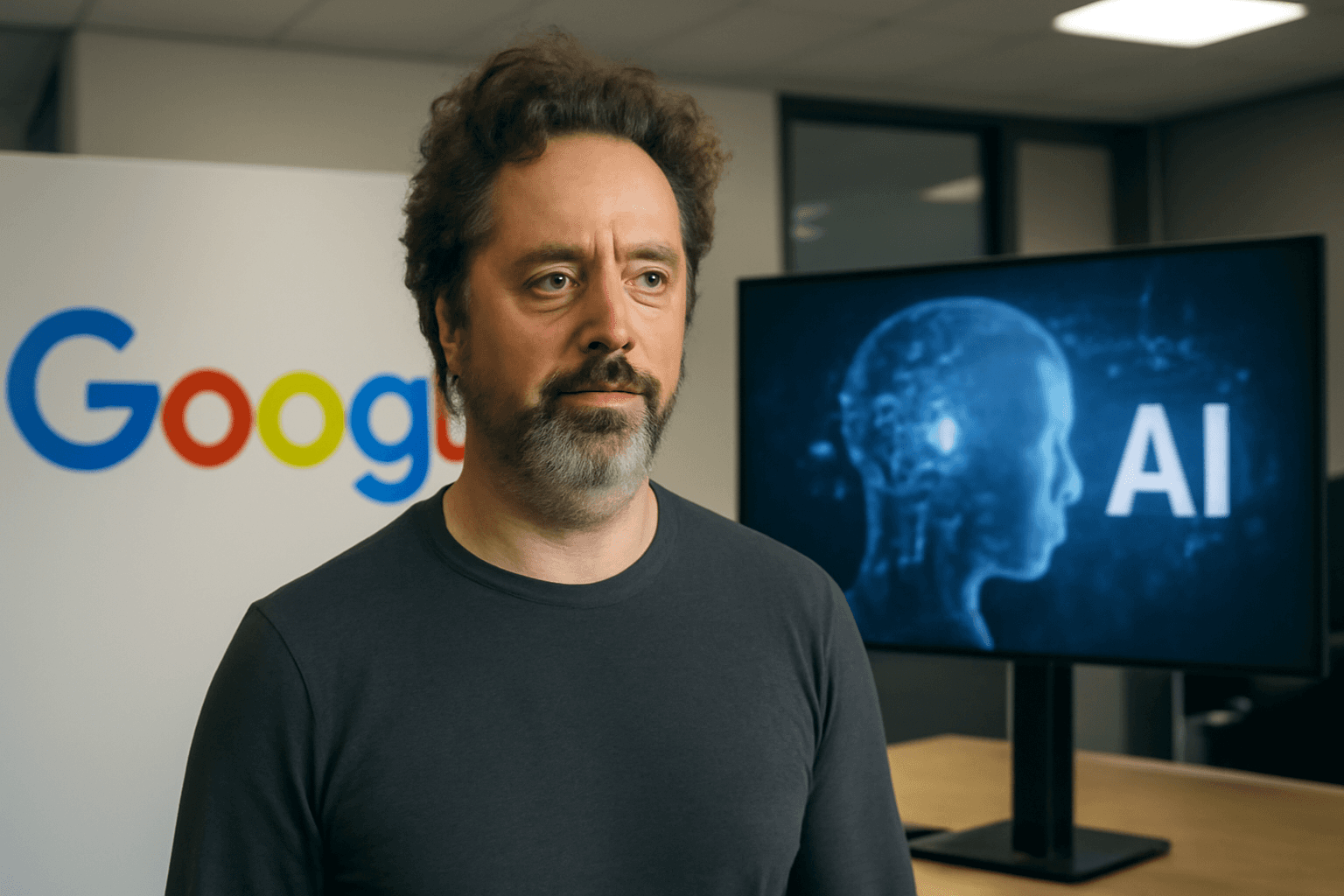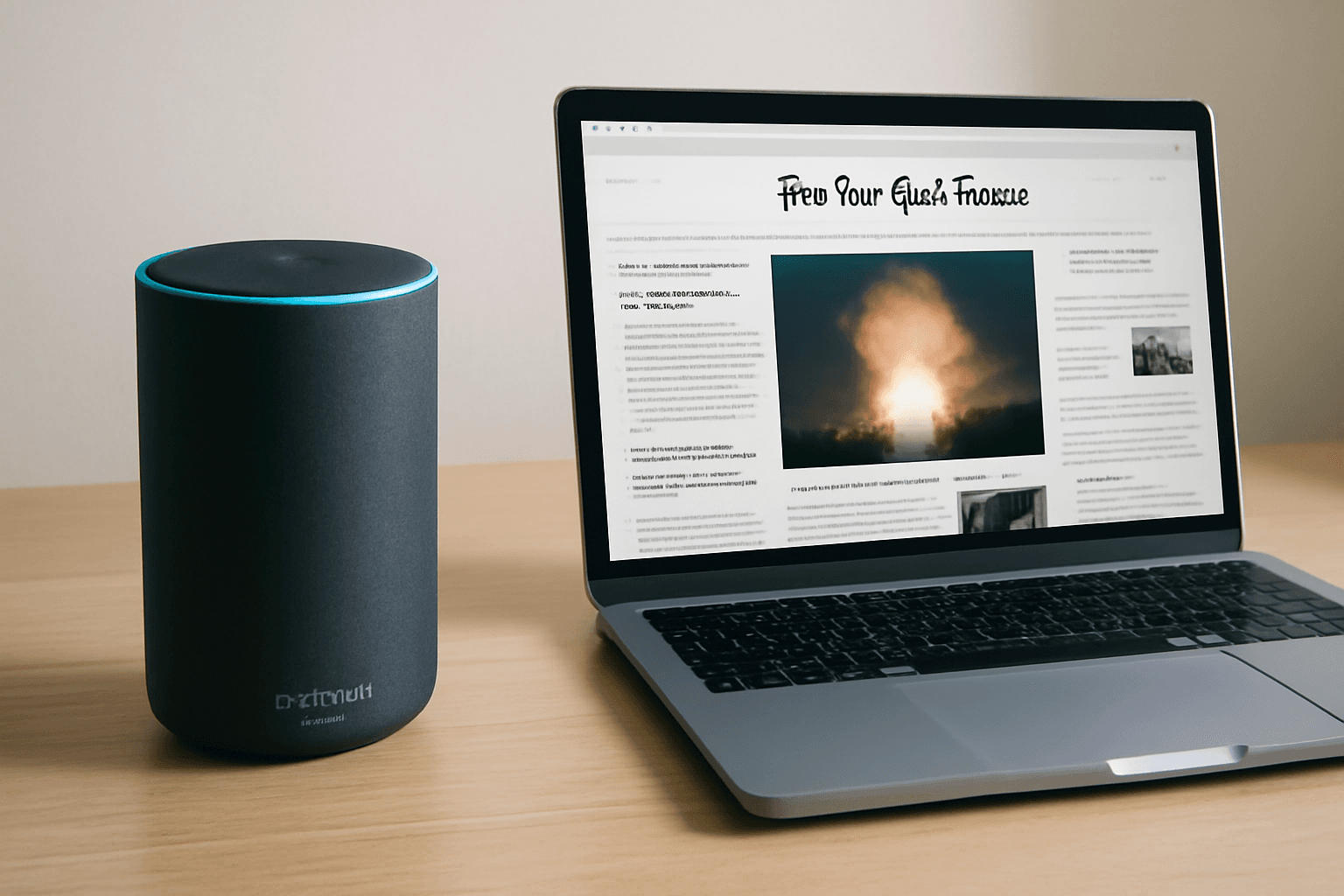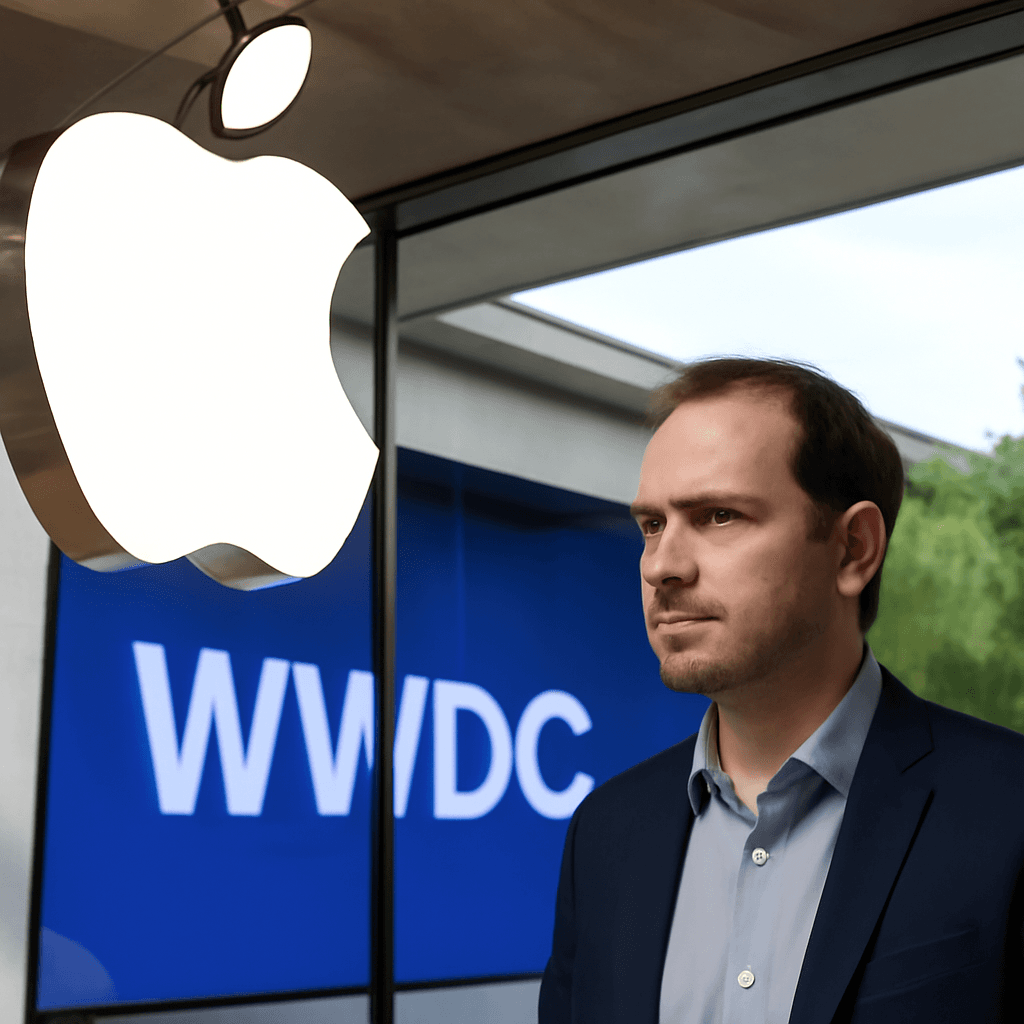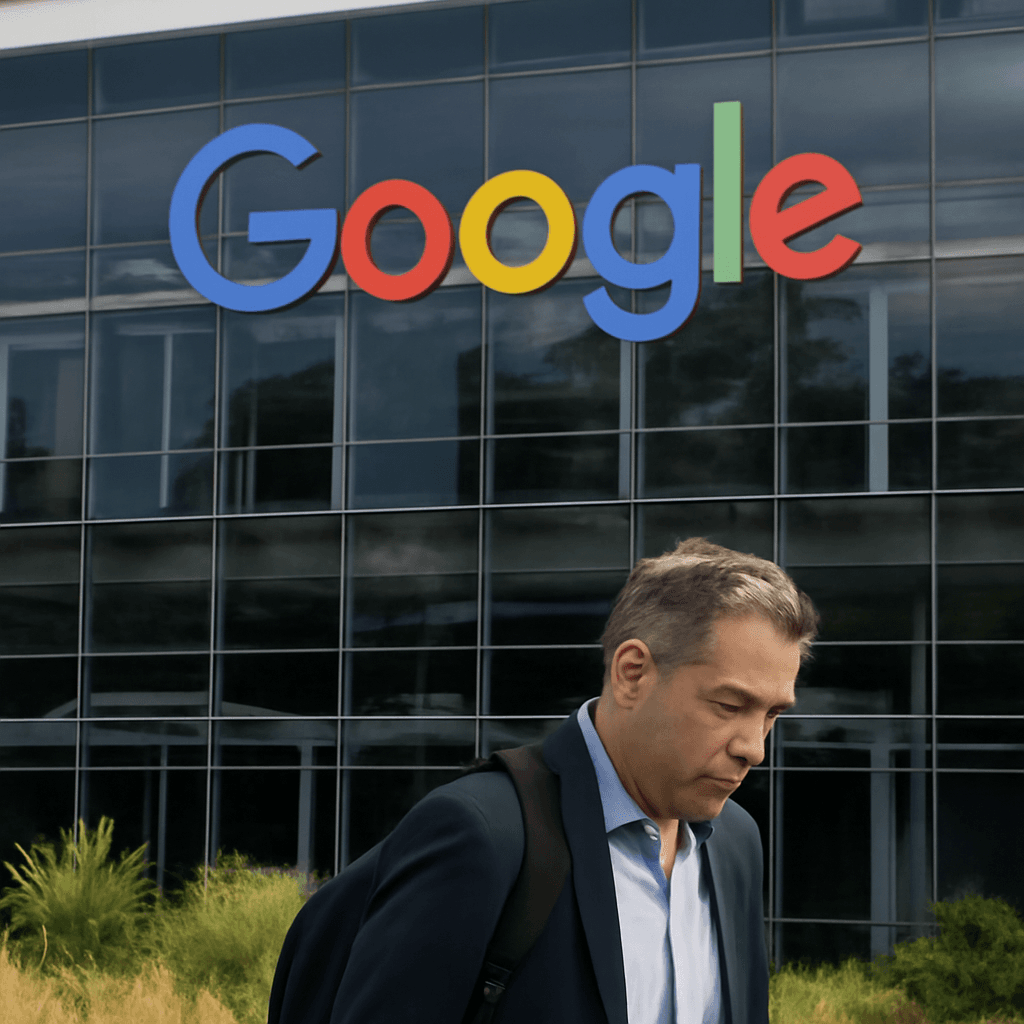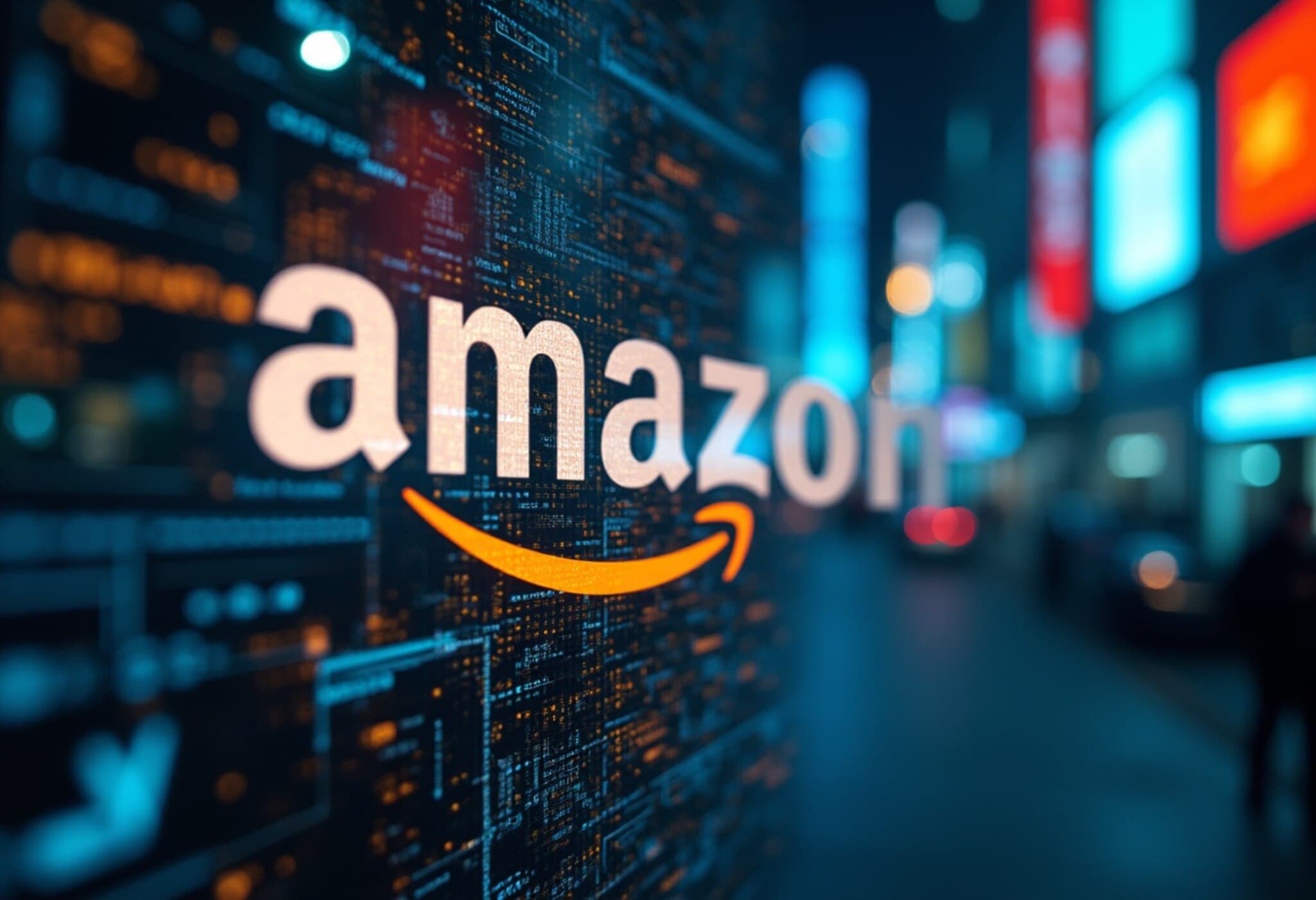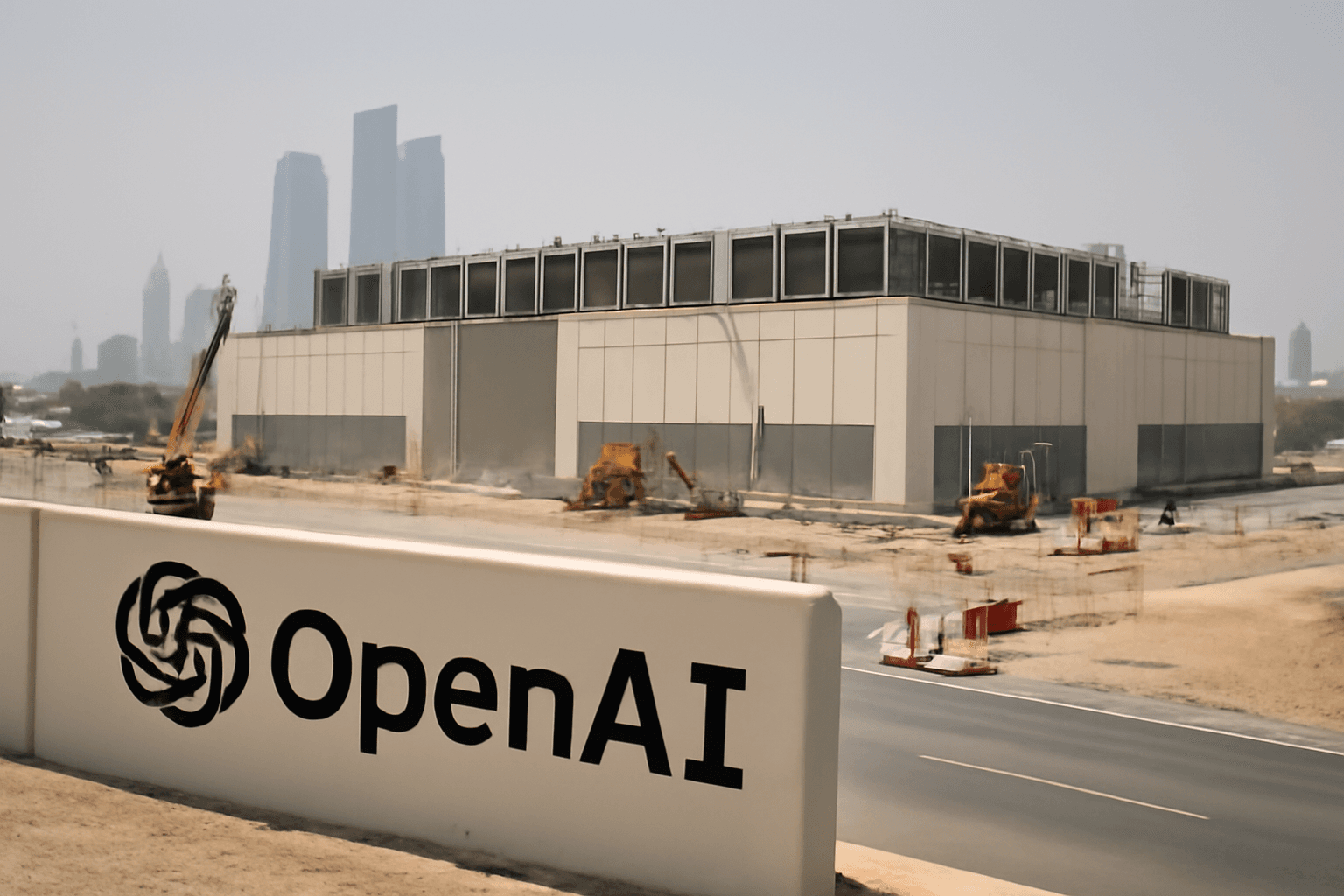Amazon and AI: A New Era of Workforce Change
Amazon’s CEO recently revealed a strategic plan to reduce the company's corporate workforce over the next several years, directly attributing these cuts to the increasing impact of artificial intelligence (AI). In a memo to employees, Andy Jassy emphasized that the rollout of generative AI technologies will transform how work gets done, necessitating fewer roles in some areas while creating new opportunities in others.
Wider Industry Trends Reflecting Similar Moves
This shift at Amazon aligns with broader trends in the tech world, where AI-driven efficiency is prompting many firms to reconsider their workforce size. Earlier this year, nearly half of U.S. employers—48%—signaled intentions to downsize due to AI adoption. Notable companies like Microsoft and Google have announced headcount reductions or voluntary exit plans, while fintech firm Klarna has slashed its staff by around 40% for similar reasons.
Shopify’s CEO has gone further, warning that new hires must demonstrate that AI cannot perform the job role—a clear sign of AI’s growing influence on recruitment and job retention.
What Experts Say: The Uneven Impact of AI on Jobs
Kate Lister, president of Global Workplace Analytics, offers a grounded perspective, suggesting that not all recent layoffs in tech are solely AI-driven. Rather, they could also stem from adjustments following rapid pandemic-era hiring sprees. Nevertheless, she acknowledges that AI’s disruption is inevitable over time, urging businesses and workers alike to prepare accordingly.
According to Lister, the administrative and customer service sectors are among the most vulnerable to automation in the near term. By contrast, many blue-collar roles may remain relatively insulated for now, with recent data indicating greater insecurity among white-collar workers.
Preparing for the AI Revolution in the Workplace
Emphasizing the importance of skill development, Lister advocates for proactive investment in employee upskilling to keep pace with AI advances. She envisions AI as a powerful tool to enhance human productivity by automating mundane tasks and alleviating burnout, ultimately allowing workers to focus on areas where human judgment and creativity shine.
However, she warns that without deliberate training efforts, the transition could lead to significant unemployment, especially among those unable to adapt quickly enough.
Looking Ahead: The AI Job Market Reality
Despite growing concerns, experts agree that AI still has considerable ground to cover before it can fully replace human labor across various sectors. For now, its capabilities are advancing but not yet at a stage where widespread job displacement has become inevitable. Still, companies and individuals should brace for substantial changes, particularly in roles most susceptible to automation.
Key Takeaways
- Amazon plans workforce reductions linked to AI efficiency gains.
- Nearly 48% of U.S. employers consider AI-induced staff cuts.
- AI particularly threatens administrative and customer service jobs.
- Upskilling and training are critical to mitigating unemployment risks.
- AI aims to enhance productivity but requires human adaptation.









